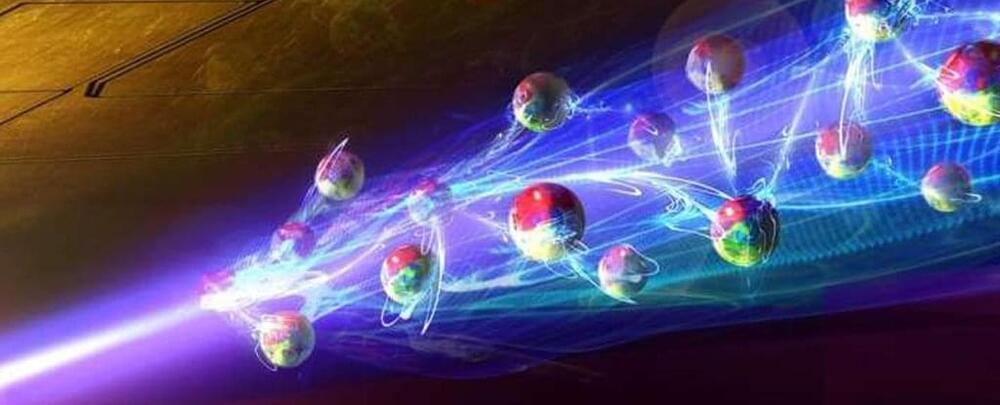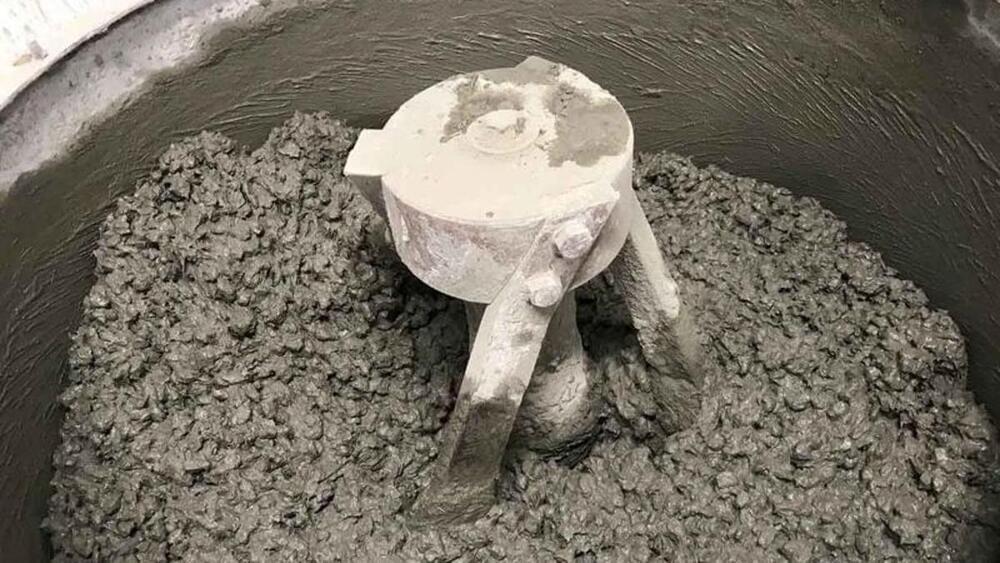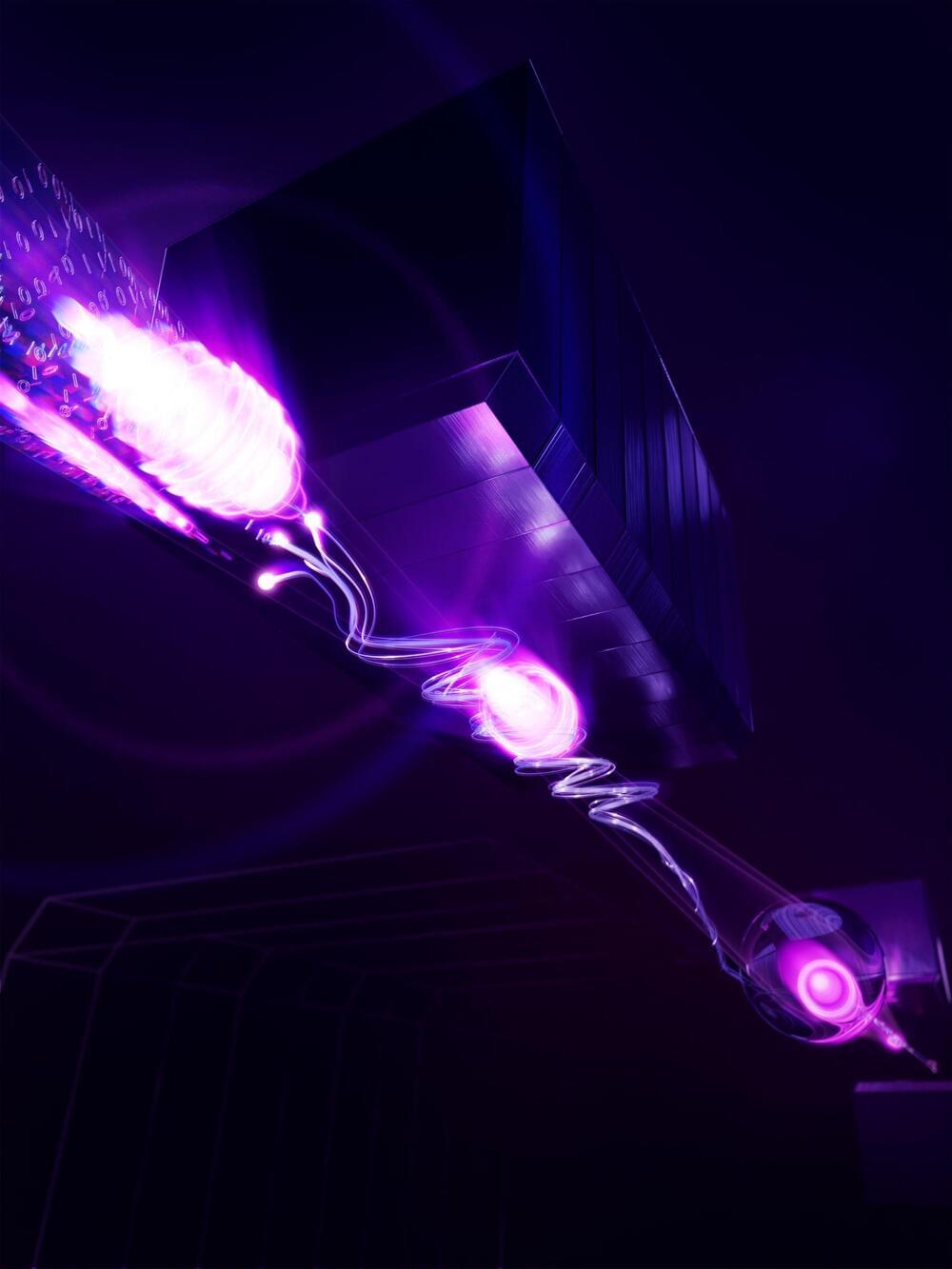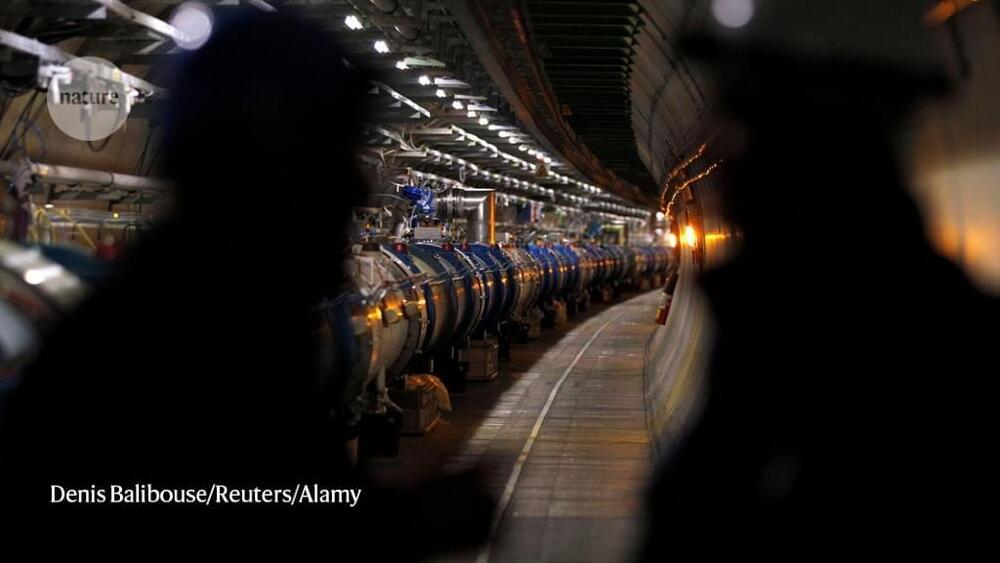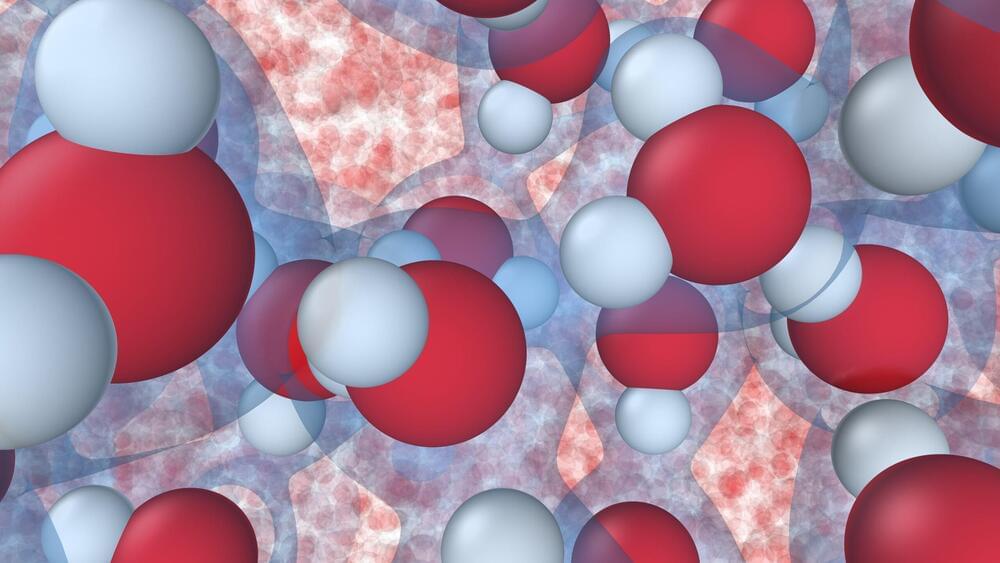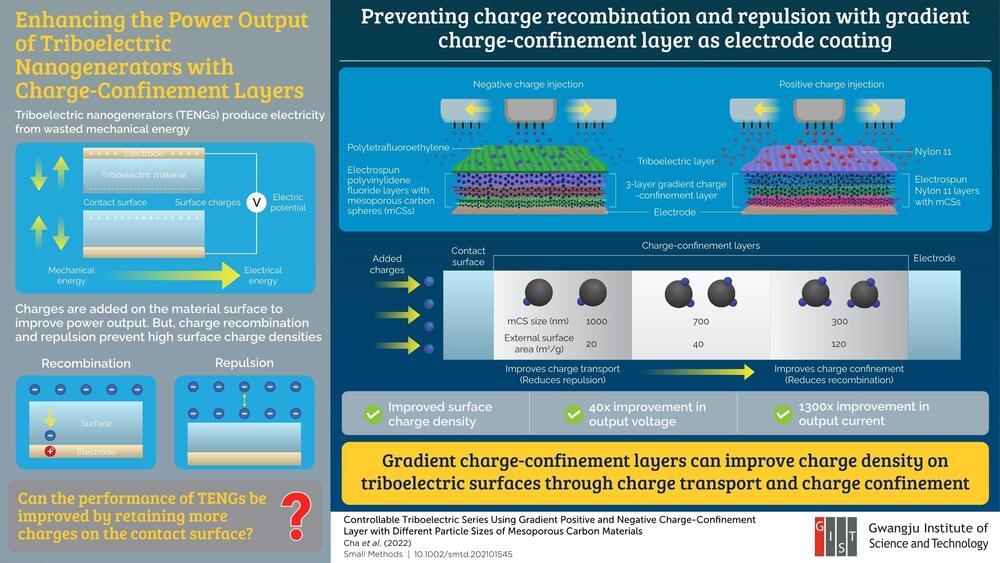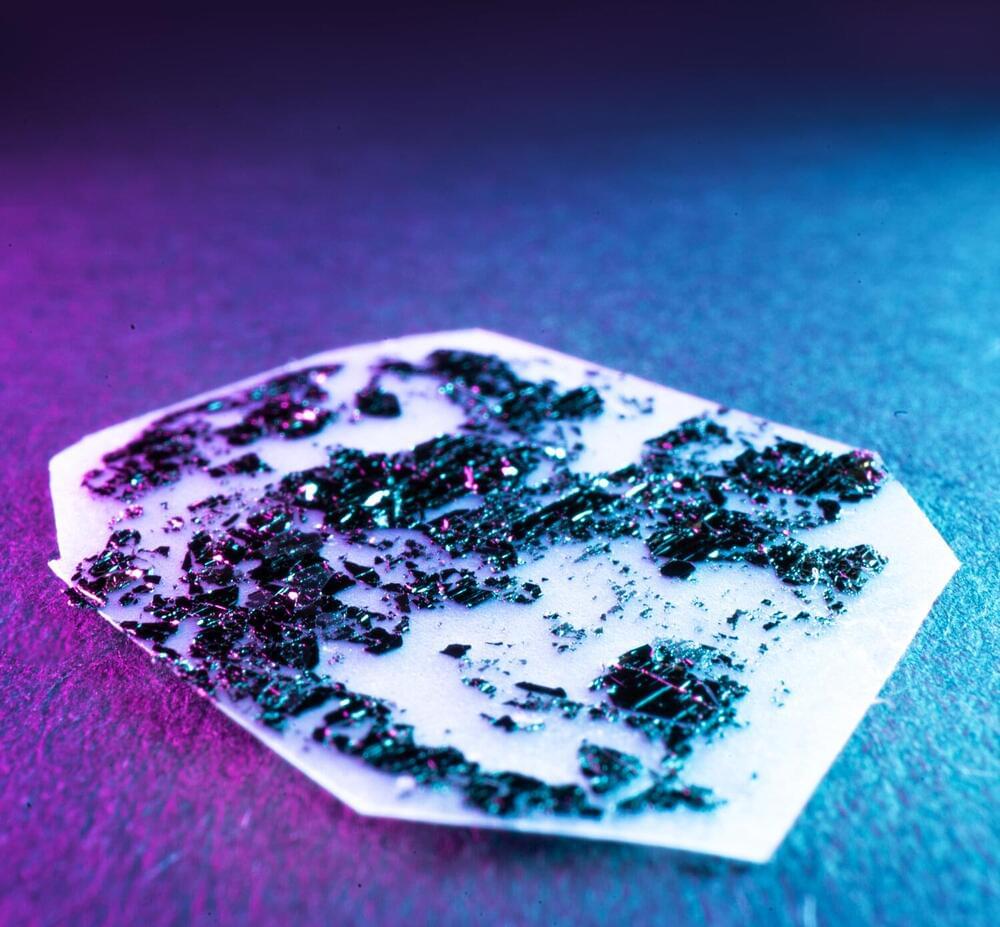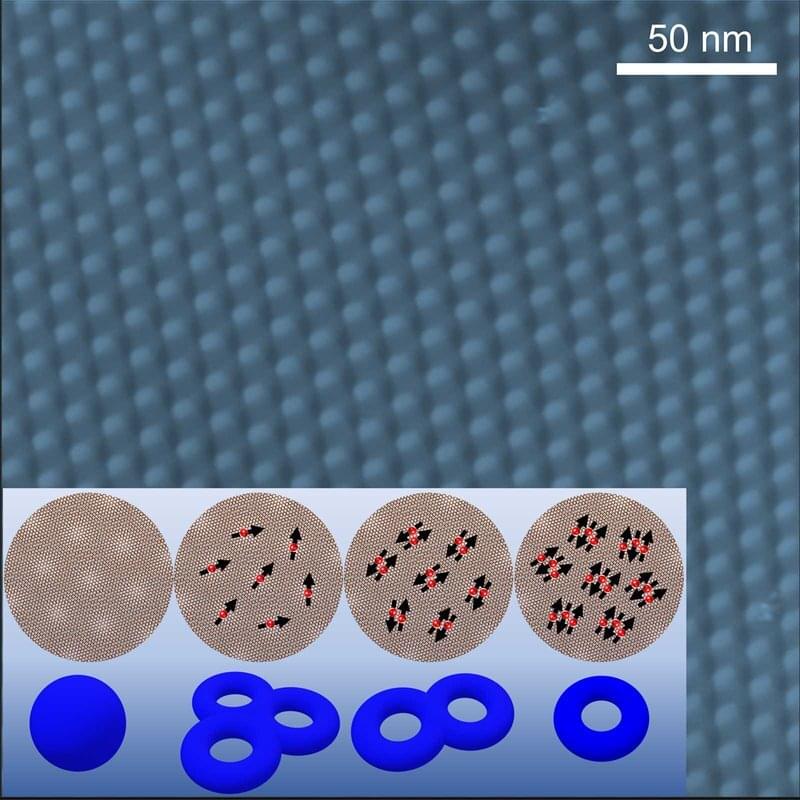
Electrons inhabit a strange and topsy-turvy world. These infinitesimally small particles have never ceased to amaze and mystify despite the more than a century that scientists have studied them. Now, in an even more amazing twist, physicists have discovered that, under certain conditions, interacting electrons can create what are called ‘topological quantum states.’ This finding, which was recently published in the journal Nature, has implications for many technological fields of study, especially information technology.
Topological states of matter are particularly intriguing classes of quantum phenomena. Their study combines quantum physics with topology, which is the branch of theoretical mathematics that studies geometric properties that can be deformed but not intrinsically changed. Topological quantum states first came to the public’s attention in 2016 when three scientists—Princeton’s Duncan Haldane, who is Princeton’s Thomas D. Jones Professor of Mathematical Physics and Sherman Fairchild University Professor of Physics, together with David Thouless and Michael Kosterlitz—were awarded the Nobel Prize for their work in uncovering the role of topology in electronic materials.
“The last decade has seen quite a lot of excitement about new topological quantum states of electrons,” said Ali Yazdani, the Class of 1909 Professor of Physics at Princeton and the senior author of the study. “Most of what we have uncovered in the last decade has been focused on how electrons get these topological properties, without thinking about them interacting with one another.”
